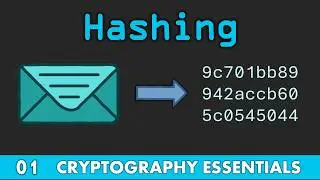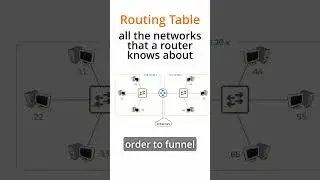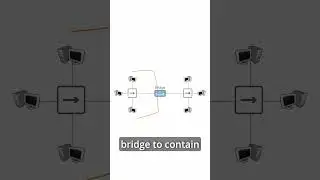Public Key Infrastructure - What is a PKI? - Cryptography - Practical TLS
Throughout this course, we've been discussing three key players: Client, Server, and Certificate Authority. These three identities create what's known as a PKI, or a Public Key Infrastructure. Each element of a PKI serves a specific purpose:
- Servers - Need to prove their Identity
- Clients - Need to validate an Identity
- Certificate Authority - Governs the whole process by issuing identities (in the form of Certificates) to Servers.
Most of us are familiar with the public web PKI, these are the Client/Server/CAs that secure every HTTPS website on the Internet. But there are other PKIs that exist, like Code signing PKIs, or even Internal website PKIs.
This lesson is a free sample lesson from the the greatest TLS and SSL training course ever created. No instructor rambling on about pointless stories. No slides with massive walls of text. No time wasting. Only simple, effective, and precise explanations. Complimented with practical illustrations and visuals.
🔐 More details about the course:
https://classes.pracnet.net/courses/p...
🏢 Do you configure or troubleshoot TLS/SSL for work? If so, I'm willing to bet your employer would happily pay for this SSL training. Reach out if you'd like to coordinate an introduction for a bulk license purchase with your company. I'm happy to provide a generous referral bonus =)
💬 Join Practical Networking Discord
/ discord
🖧 Want to learn how how data moves through a network?
• Networking Fundamentals
0:00 - Intro
0:34 - Confidentiality, Integrity, Authentication
1:12 - Hashing - Fingerprints, Message Authentication Codes (MACs)
1:46 - Symmetric Encryption - Encryption
2:05 - Asymmetric Encryption - Key Exchange, Signatures, Encryption
2:38 - Bulk Data vs Limited Data
3:04 - How SSL/TLS uses Cryptographic Tools to secure Data
6:32 - PKI - Public Key Infrastructure
7:25 - Outro
Since you've made it to the bottom of the Description, here's a $100 off coupon code you can use on the full course =)
YT100































